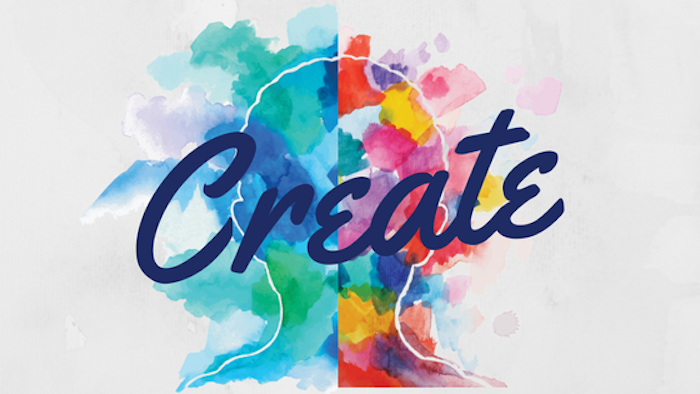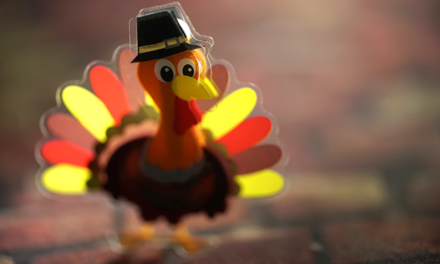
Most artists follow a curve in their development that rises, peaks, plateaus, and eventually declines. The inevitable question we all face is regarding how to keep growing.
What have you done lately to be inspired and how have you followed through on that inspiration?
No matter how good you are at what you do, you’ve got to keep creating if you want to keep growing, and this requires finding courage to put yourself out there again and again, to stretch beyond what you’ve done before and continually reinvent your work. Rehashing what you’ve done before isn’t really being creative, and you’re only as relevant as your last project.
For more established artists, this means you can’t rest on your laurels. For developing artists, it’s a reason to get busy, because if you have the drive and energy to be prolific, generating a bulk of material could take you far, fast.
Supposedly, most visionaries make their greatest innovations before they become experts, i.e., when they are novices. Once recognized as experts, once we are “trained,” we become less willing to go into that vulnerable space of the “novice,” where real exploration happens. We become afraid that we will lose our status as experts and be revealed for the bumbling, fumbling human beings that we really are.
I can think of many artists who made their biggest statements at a relatively early age, when they had nothing to lose.
It could be said that each of us is at the same time both immeasurably powerful and incredibly insignificant. To focus on our “smallness” is to wallow in despair. To focus on our power is to become obsessed with delusions of grandeur. The trick is to truly accept this contradiction by both owning your power and accepting your weakness. Ride the wave! Artists who create every day
are optimistic in their ability to transcend their limits, and are at the same time able to be realistic about their limitations and constructively critical of their work, maintaining a skeptical confidence without succumbing to the uncritical denial of arrogance or
the paralysis of insecurity.
If you can’t overcome your insecurity, or if you you have trouble acknowledging any limitations, I recommend sublimating through exercise, meditation, reading, or other activities that allow you to lose yourself in something totally unrelated to your art. (One of my favorite activities that helps me sublimate my feelings is hacky sacking.)
I take inspiration from my students. They haven’t “proven” themselves yet, so they have nothing to lose. Their lack of experience is unrelated to the courage they are capable of employing to reach their goal. I must have demonstrated courage at some point when I was young, but now it’s my students that lead by their example, reminding me that I need to step up to the plate with the kind of fearlessness they demonstrate. “The curve” of development suggests that our willingness to display creative courage diminishes as we get older and more established, and I don’t want to suffer the fate of having my work become stale,
like yesterday’s news.
Many of my students are aspiring jazz violinists and cellists. I meet other jazz string players around the U.S. who complain about the difficulties of “breaking in” the jazz scene. It’s hard to gain acceptance in the jazz community for various reasons. And then there are infinite reasons that each person has for why it’s even harder for them, whether it be their training, race, gender, geography, financial position, physical handicaps, something that happened to them when they were a kid, their Zodiac sign, and so on. Today I listened to the new CD of one of my former students, Tomoko Omura, and I was humbled by the realization of what she has overcome, and the courage it must have taken to produce such a great creative work of art. She came from Japan, learned a new language, a new culture, and overcame tremendous odds to get where she is now.
I can imagine how many times she was NOT invited to play on stage at a jam session after waiting for hours just to play one song. I can imagine how many times she must have thought, “Why am I even trying to do this? It seems impossible!” And now, she’s created one of the most beautiful, important, creative and relevant works of jazz violinists in the recent past. Shu Mei Yap lives in Singapore and has worked with me now on the production of two CDs. She is another example of an artist who refused to allow barriers to get in the way.
My daughter Camille is one of the most inspiring examples to me of courage. She’s gone through her whole life with a dad who might have seemed a little bit bigger than life at times. Every year I surround her with all my favorite jazz string players at my annual “Creative Strings Workshop,” a week during which all the world’s hottest players jam and show their stuff. I’m thrilled that she’s gotten to know all these cool people and amazing artists, except that she’s also got to deal with measuring herself against that standard, and I can only imagine the kind of pressure she may feel sometimes!
Every day that she picks up her violin and keeps going for it, I feel immensely proud and take inspiration from her because that takes courage. My students make me humble. They make me remember that it’s not how much knowledge or experience you have, but whether you’re willing to keep pushing through your own fears, re-engaging continuously in the creative process, no matter what form that process takes for you, because you know that wherever you fall on life’s curve is a function of the strength of your last project.
Here are some quick tips for getting engaged creatively:
- Narrow down/compartmentalize: Instead of writing “a song,” be specific: Write a 12-bar song, a bass line in 4/4, a song in a certain style/tempo, a melody, etc. Instead of writing “an essay,” write a “persuasive essay” about a specific subject, with a specific duration.
- Limit the scope; write just one paragraph, one sentence, or 4 bars of a song.
- Schedule: Schedule time in your calendar for working on your project.
- Keep notes: Use your phone to keep voice memos or keep a journal.
- Review: Listen back to your work at various stages – listen uncritically at first, and listen critically later, allowing for your insights to change over time.
- Try different processes: For a musician, you may work better with pencil and paper, or improvising into a recorder, or using a different instrument, or employing software.
What is your take on “courage and the creative process?”



